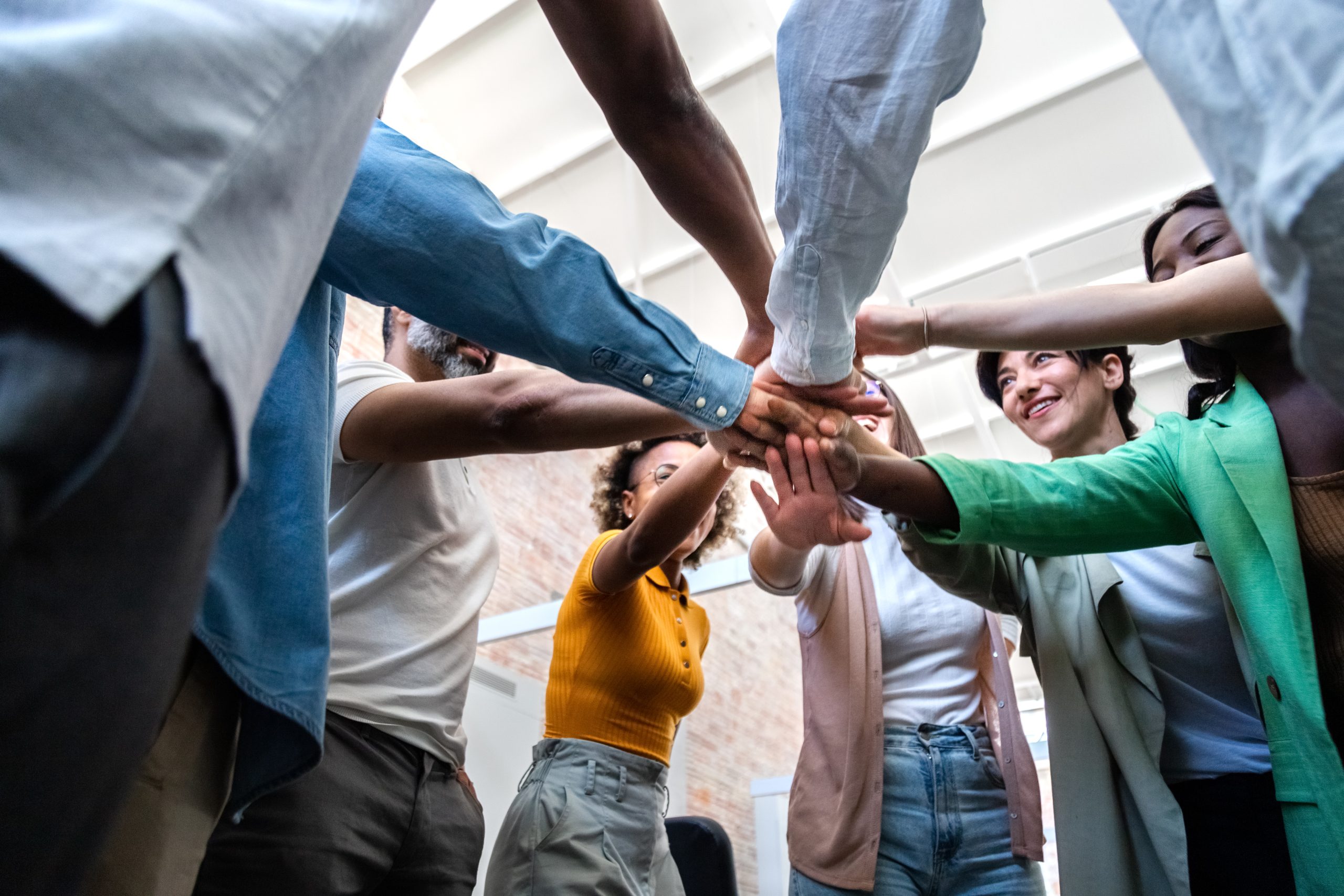In an era where our actions have far-reaching consequences, the global community has rallied around a common vision for a sustainable and equitable world. At the heart of this vision are the United Nations’ 17 Sustainable Development Goals (SDGs), a blueprint for addressing our planet’s most pressing challenges. In this blog post, we’ll take a closer look at these goals and why they matter.
What Are the Sustainable Development Goals?
The Sustainable Development Goals, often referred to as the SDGs, are a universal call to action to end poverty, protect the planet, and ensure prosperity for all by 2030. They were adopted by all United Nations Member States in 2015 as part of the 2030 Agenda for Sustainable Development. These goals are interconnected and address a wide range of global issues, from poverty and inequality to climate change and environmental degradation.
The 17 Goals Explained
- No Poverty: End poverty in all its forms everywhere.
- Zero Hunger: End hunger, achieve food security, and promote sustainable agriculture.
- Good Health and Well-being: Ensure healthy lives and promote well-being for all at all ages.
- Quality Education: Ensure inclusive and equitable quality education and promote lifelong learning opportunities for all.
- Gender Equality: Achieve gender equality and empower all women and girls.
- Clean Water and Sanitation: Ensure availability and sustainable management of water and sanitation for all.
- Affordable and Clean Energy: Ensure access to affordable, reliable, sustainable, and modern energy for all.
- Decent Work and Economic Growth: Promote sustained, inclusive, and sustainable economic growth, full and productive employment, and decent work for all.
- Industry, Innovation, and Infrastructure: Build resilient infrastructure, promote inclusive and sustainable industrialization, and foster innovation.
- Reduced Inequality: Reduce inequality within and among countries.
- Sustainable Cities and Communities: Make cities and human settlements inclusive, safe, resilient, and sustainable.
- Responsible Consumption and Production: Ensure sustainable consumption and production patterns.
- Climate Action: Take urgent action to combat climate change and its impacts.
- Life Below Water: Conserve and sustainably use the oceans, seas, and marine resources for sustainable development.
- Life on Land: Protect, restore, and promote sustainable use of terrestrial ecosystems, sustainably manage forests, combat desertification, halt and reverse land degradation and halt biodiversity loss.
- Peace, Justice, and Strong Institutions: Promote peaceful and inclusive societies for sustainable development, provide access to justice for all, and build effective, accountable, and inclusive institutions at all levels.
- Partnerships for the Goals: Strengthen the means of implementation and revitalize the global partnership for sustainable development.
Why Do the SDGs Matter?
The SDGs matter because they provide a shared framework for addressing the most pressing global challenges. They recognize that these challenges are interconnected and cannot be solved in isolation. Poverty, inequality, climate change, and environmental degradation affect us all, regardless of where we live. By working collectively towards these goals, we can create a better world for current and future generations.
What Can You Do?
The SDGs are not just the responsibility of governments and international organizations; they are a call to action for everyone. Here are some ways you can contribute to the achievement of the SDGs:
- Raise Awareness: Learn about the SDGs and spread the word to raise awareness in your community.
- Take Action: Get involved in local initiatives that align with the SDGs, such as volunteering or supporting sustainable businesses.
- Hold Leaders Accountable: Advocate for policymakers to prioritize the SDGs in their decision-making processes.
- Consume Responsibly: Make sustainable choices in your daily life, from reducing waste to conserving energy.
In conclusion, the United Nations’ 17 Sustainable Development Goals are a roadmap for building a sustainable, equitable, and prosperous future for all. By understanding these goals and taking action, each of us can contribute to a better world. Together, we can turn this vision into a reality by 2030.
